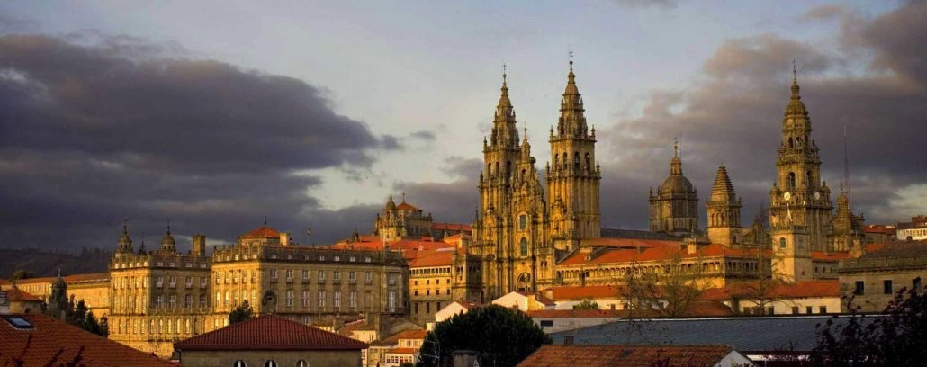Speaker
Description
The $^{13}$B($p, pn$)$^{12}$B and $^{13}$B($p, 2p$)$^{12}$Be reactions have been used at about 470 MeV/A with CH2 and C targets to study the shell structure of two N = 8 isotones.
The $^{13}$B nuclei were produced by the FRS-GSI facility and transmitted to the R3B-LAND beam line where the $\gamma$-sphere Crystal Ball and the neutron detector Land were used to determined the cross section of the bound and unbound states in $^{12}$B and $^{12}$Be nuclei, in which the energy and J$^π$ values of almost all populated states were previously assigned.
In case of a strong N = 8 shell closure in the $^{13}$B nucleus, the $0p_{1/2}$ neutron orbital (the normal configuration) is expected to be fully occupied, with a negligible fraction of occupancy for the valence $1s_{1/2}$ and $0d_{5/2}$ orbitals (the intruder one). In such a case, the neutron removal reaction will not populate states of negative parity constructed with these intruder configurations. From the small content of intruder $1s0d$ states that we found, it is deduced that the magicity at N = 8 is strongly preserved in $^{13}$B, similarly to the doubly magic nucleus $^{14}$C, before suddenly collapsing in $^{12}$Be where the intruder content is by far dominating. Our results are globally in agreement with those extracted from the $^{13}$B($p,d$)$^{12}$B transfer reaction [1].
From the $^{13}$B($p,2p$)$^{12}$Be reaction, we obtained the sum of the $0^{+}_{1}$ and $0^{+}_{2}$ isomeric state, the feeding of the $2^{+}_{1}$ bound state as well as the one of the $2^{+}_{2}$ resonance state [2]. By using the wave functions of the $0^{+}_{1}$ and $0^{+}_{2}$ states proposed by Chen et al. [3], and that of $^{13}$B deduced from our study of $^{13}$B($p,pn$)$^{12}$B reaction, we find that the one-proton removals reactions to the $0^{+}_{1}$ and $0^{+}_{2}$ states in $^{12}$Be have similar cross sections. As for the $2^{+}_{2}$ state, we have observed its decays to the ground and first excited states of $^{11}$Be, as well as to the ground state of $^{10}$Be by $2n$ emissions. This clarifies the controversy on its decay and nature from the works of Fortune [4] and Smith $et$ $al.$[5]. The cross section to the $2^{+}_{2}$ state is about 8 times larger than that of the $2^{+}_{1}$ state. We therefore conclude that the two $0^+$ states exhibit more mixing than the $2^+$ does, and that the $2^{+}_{2}$ state is a candidate for the spherical band in $^{12}$Be.
[1] W. Liu $et$ $al.$, Phys. Rev. C 104, 064605 (2021)
[2] A. Kamenyero, “Structure of $^{12}$Be via the study of multi-neutron decays and two-neutron correlations”, PhD thesis, University of Caen (2022)
[3] J. Chen $et$ $al.$, Phys. Lett. B 781, 412 (2018)
[4] H. T. Fortune, Eur. Phys. J A 52, 11 (2016)
[5] J. K. Smith $et$ $al.$, Phys. Rev. C 90, 024309 (2014)
| Topic | Experiment |
|---|

